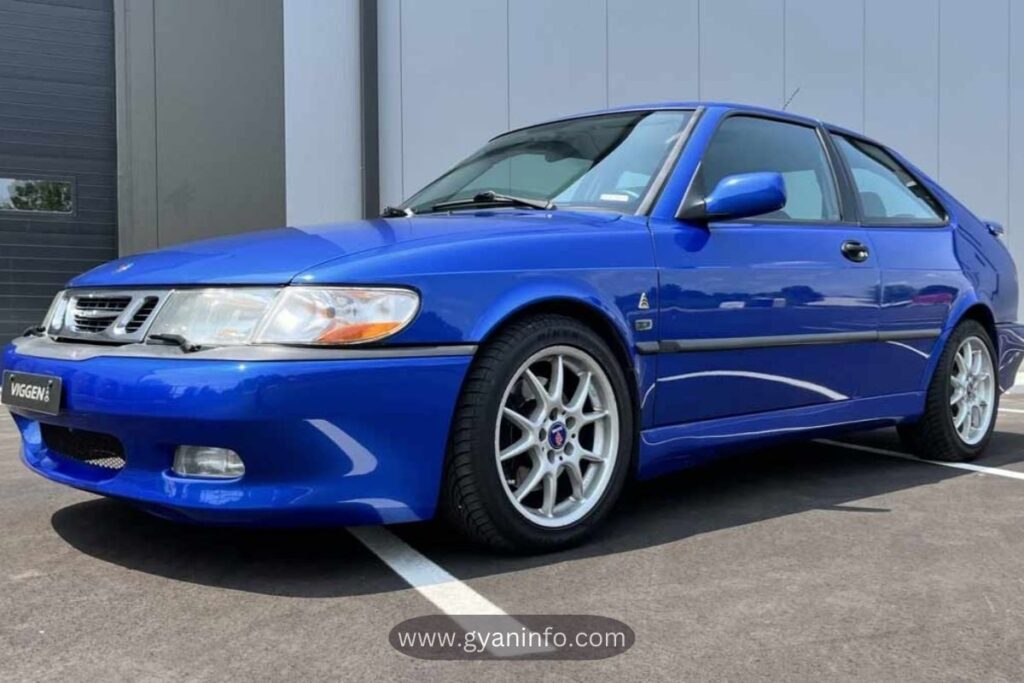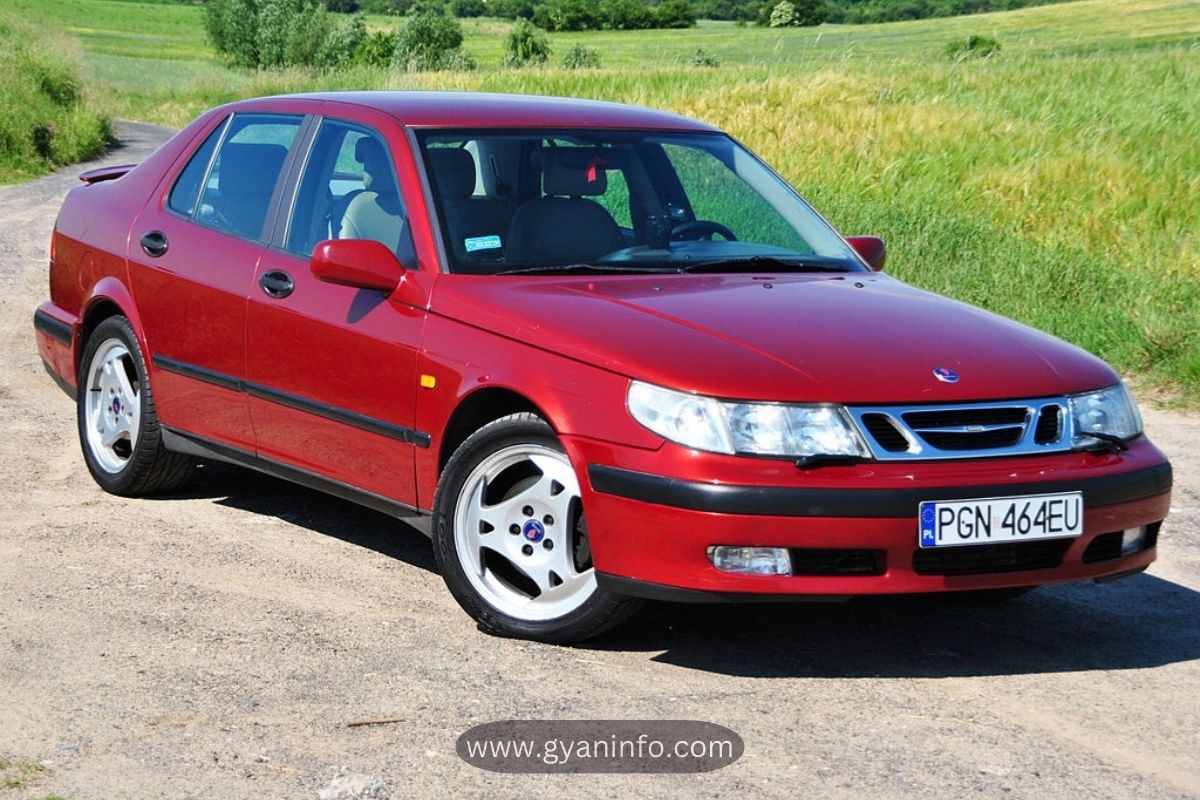The Saab 37 Viggen stands as a remarkable achievement in Sweden’s aviation history. Developed during the Cold War era, this multirole combat aircraft showcased Sweden’s commitment to technological advancement and self-reliance in defense capabilities.

A Glorious History
- Initiated in the 1960s, the development of the Saab 37 Viggen aimed to replace the aging Saab 32 Lansen and Saab 35 Draken.
- The aircraft made its maiden flight on February 8, 1967, and officially entered service with the Swedish Air Force on June 21, 1971.
- At a time when few nations possessed the capability to design and produce advanced fighter jets independently, Sweden’s accomplishment with the Viggen was noteworthy.
- The name “Viggen,” meaning “Thunderbolt,” aptly reflected its speed and power.
Read Also: Mahindra XUV 3XO Electric and Hybrid Variants: Launch Timeline, Features & Expected Price
Innovative Design and Technology
- The Saab 37 Viggen featured a distinctive design, combining a delta wing with canard foreplanes.
- This configuration provided exceptional stability and aerodynamic efficiency.
- Powered by the Volvo RM8 turbofan engine—a modified version of the Pratt & Whitney JT8D—the Viggen could achieve speeds exceeding Mach 2.
- Notably, it was the first aircraft to incorporate a digital central computer with integrated circuits, enhancing its avionics and reducing pilot workload.
- The aircraft was designed for multiple roles, including ground attack, interception, reconnaissance, and training.
Variants and Roles
Throughout its service, several variants of the Viggen were developed to fulfill different operational roles:
- AJ 37: Attack aircraft designed for ground strike missions
- JA 37: All-weather interceptor variant equipped with advanced radar and weaponry
- SF 37: Photographic reconnaissance version with specialized camera equipment
- SH 37: Maritime patrol and strike aircraft for anti-ship missions
- SK 37: Two-seat trainer aircraft for pilot instruction
These variants allowed the Viggen to serve as a versatile platform within the Swedish Air Force.
Operational Impact and Legacy
- The Saab 37 Viggen significantly enhanced Sweden’s air defense capabilities during its operational tenure.
- Its advanced avionics, powerful engine, and multirole design made it a formidable presence in the skies.
- The aircraft remained in service until the late 1990s, gradually being replaced by the more modern Saab JAS 39 Gripen.
- Despite its retirement, the Viggen’s legacy endures as a symbol of Sweden’s engineering prowess and commitment to maintaining a robust, independent defense industry.
Also Read: Isuzu D-Max 4×4 EV Revealed: Production Begins, Global Launch Timeline & Features
Conclusion
The Saab 37 Viggen exemplifies Sweden’s dedication to innovation and self-sufficiency in aerospace technology. Its unique design, cutting-edge systems, and versatile capabilities set it apart as a remarkable aircraft of its time. Even decades after its retirement, the Viggen continues to inspire aviation enthusiasts and engineers worldwide, standing as a testament to what can be achieved through ingenuity and determination.

Hi Friends! I am Rohit Yadav, a web developer, digital marketer and blogger from Chandpatti, Azamgarh (U.P). I love to write a blog and share our thoughts and knowledge with other peoples.







